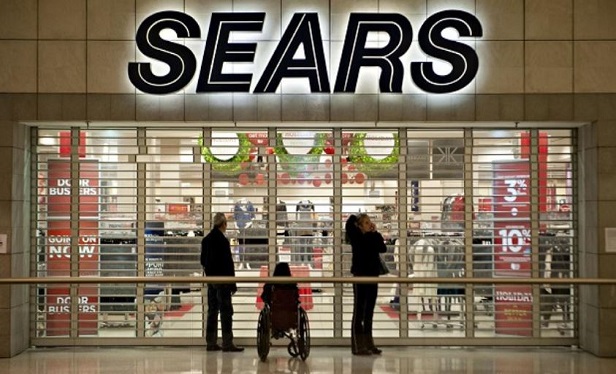A plan for Sears to emerge from bankruptcy has been approved by Judge Robert Drain, in the Southern District of New York. The plan calls for the sale of the most of Sears' assets to be sold a hedge fund controlled by Eddie Lampert, Sears' chairman, for $5.2 billion. Lampert has said he intends to keep 425 out of approximately 700 stores open and save some 45,000 jobs.
Nonetheless a post-bankruptcy Sears will be a shadow of its former self.
Lampert will close some of its Kmart stores, according to a business plan filed with the court, and it will sell other assets over the next three years with these real estate sales expected to generate $200 million a year. Proceeds from these sales would be used to pay off the company's debt that will remain after it emerges from bankruptcy.
Sears has also said it will transition out of those stores that are 160,000 square feet to 16,000 square feet of space. These smaller stores will sell only its most popular products.
Creditors, including landlords and major vendors, had argued in court to liquidate the company, in order that they receive more money.
Sears had filed for Chapter 11 protection in October 2018 with the hopes of reorganizing operations into a smaller platform.
Lampert's plan will not necessarily be met with relief from those mall owners that had been looking forward to renovating and releasing the Sears stores at higher rates. For many of Sears' leased locations, rent was set at below market rate and the store closures would have allowed the landlord to re-tenant with higher-paying retailers that drive more traffic.
Other landlords with Sears locations will not be as fortunate, a CBRE Marketwatch report noted. Locations where a Sears or Kmart does go dark will be facing a protracted recovery process, it said. Backfilling department stores takes an average of 18 to 36 months and stores in major markets and in prime locations will clearly be easier to repurpose than those in secondary and tertiary markets where consumer demand is weaker or has declined in recent years, CBRE said.
It also must be noted that Sears may emerge from bankruptcy only to fail again. The retailer's troubles have stemmed from billions of dollars of debt that it accrued over the years, combined with a failure to adjust to consumers' evolving tastes and the impact of e-commerce. Lampert has tried and failed so far to address these latter developments, which Judge Drain himself noted during the bankruptcy proceedings. “Whether it's a company that used to print educational books or used to sell plus-sized clothes, the internet has changed everything—and any projection is more in doubt than a projection you would have had 15 years ago or 10 years ago,” he said.
© Touchpoint Markets, All Rights Reserved. Request academic re-use from www.copyright.com. All other uses, submit a request to [email protected]. For more inforrmation visit Asset & Logo Licensing.








